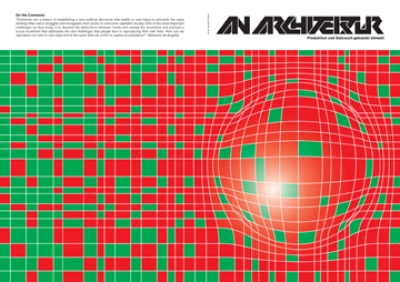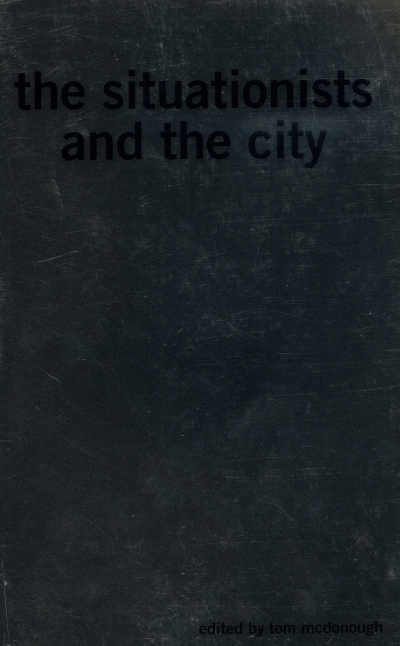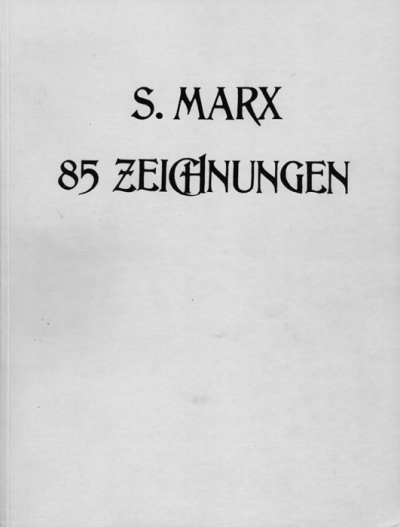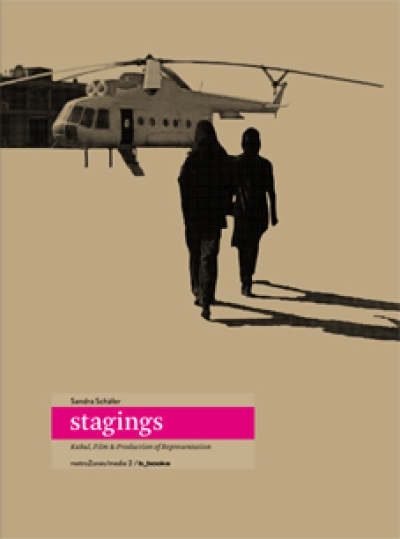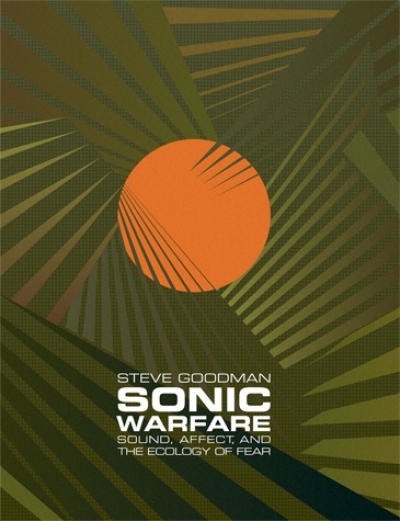
The Choreographic
The choreographic stages a conversation in which artwork is not only looked at but looks back; it is about contact that touches even across distance. The choreographic moves between the corporeal and cerebral to tell the stories of these encounters as dance trespasses into the discourse and disciplines of visual art and philosophy through a series of stutters, steps, trembles, and spasms.
In The Choreographic, Jenn Joy examines dance and choreography not only as artistic strategies and disciplines but also as intrinsically theoretical and critical practices. She investigates artists in dialogue with philosophy, describing a movement of conceptual choreography that flourishes in New York and on the festival circuit.
Joy offers close readings of a series of experimental works, arguing for the choreographic as an alternative model of aesthetics. She explores constellations of works, artists, writers, philosophers, and dancers, in conversation with theories of gesture, language, desire, and history. She choreographs a revelatory narrative in which Walter Benjamin, Pina Bausch, Francis Alÿs, and Cormac McCarthy dance together; she traces the feminist and queer force toward desire through the choreography of DD Dorvillier, Heather Kravas, Meg Stuart, La Ribot, Miguel Gutierrez, luciana achugar, and others; she maps new forms of communicability and pedagogy; and she casts science fiction writers Samuel R. Delany and Kim Stanley Robinson as perceptual avatars and dance partners for Ralph Lemon, Marianne Vitali, James Foster, and Janet Cardiff and George Bures Miller. Constructing an expanded notion of the choreographic, Joy explores how choreography as critical concept and practice attunes us to a more productively uncertain, precarious, and ecstatic understanding of aesthetics and art making.
























































































